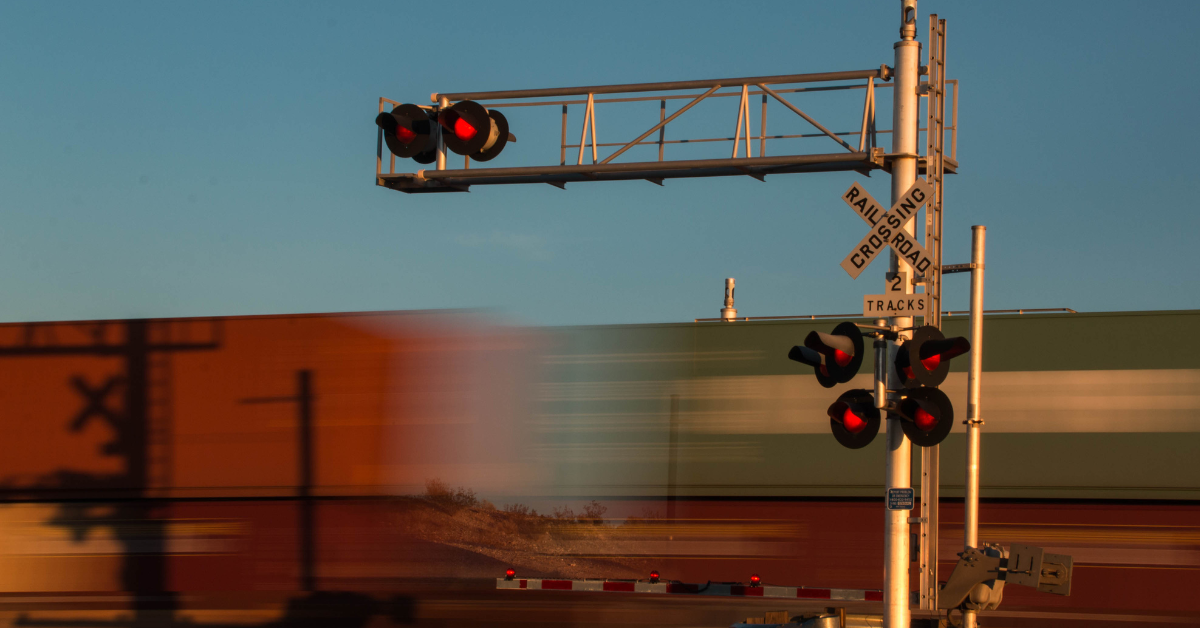Railroad safety signals play a crucial role in safeguarding lives and preventing accidents in the United States’ extensive railway network. These signals are the unsung heroes of train operations, ensuring the safe passage of trains and vehicles at crossings. In this blog post, we’ll delve into the significance of crossing signals and trackside signals, exploring their functions, impact on safety, and the imperative need for their maintenance and enhancement.
Importance of Crossing Signals
Crossing signals are the first line of defense at railway crossings, effectively preventing collisions and near-misses. These signals typically include flashing lights, crossing gates, and audible bells. When a train approaches, these signals activate, alerting drivers and pedestrians to stop and wait.
Before the widespread implementation of crossing signals, accidents at railway crossings were tragically common. However, thanks to these safety measures, accidents have significantly decreased. According to the Federal Railroad Administration (FRA), since the 1970s, accidents at public crossings have been reduced by over 80%.
Real-life examples highlight the effectiveness of crossing signals. For instance, the collision in 2005 between a commuter train and an SUV in Glendale, California, claimed 11 lives. Afterward, the installation of improved crossing signals at that location dramatically reduced the risk of such incidents.
Importance of Trackside Signals
Trackside signals are the guiding lights for train operators, conveying critical information to ensure safe travel. These signals use various colors and patterns to communicate instructions to train crews, such as when to proceed, slow down, or stop.
The clarity of trackside signals is paramount in preventing collisions and derailments. Statistics from the Association of American Railroads (AAR) show that since the implementation of standardized trackside signaling systems, the number of train collisions has significantly decreased. These signals provide real-time information, reducing the risk of human error and enhancing safety.
Rail Safety Statistics
In the USA, the importance of proper signaling systems cannot be overstated. In 2019, there were 2,216 railway crossing accidents, resulting in 293 fatalities and 807 injuries. However, these numbers represent a significant improvement from previous years, thanks to advanced signaling technology.
Comparatively, regions with insufficient or malfunctioning signals still experience a higher frequency of accidents. Signal malfunctions, although rare, can have catastrophic consequences. Therefore, the ongoing maintenance and enhancement of these systems remain crucial in ensuring the safety of railway operations.
In the realm of railway safety, crossing signals and trackside signals stand as indispensable guardians. They have not only significantly reduced accidents but also saved countless lives. As we move forward, let us remain committed to the maintenance and continual improvement of these vital safety systems, ensuring that train travel in the United States remains both efficient and, above all, safe.
If you have any questions, please come visit us at AREMA 2023 Booth #2215 at the Indiana Convention Center October 1-4, 2023.

Charles Bellemare is the Director of Marketing for LEOTEK Electronics.


